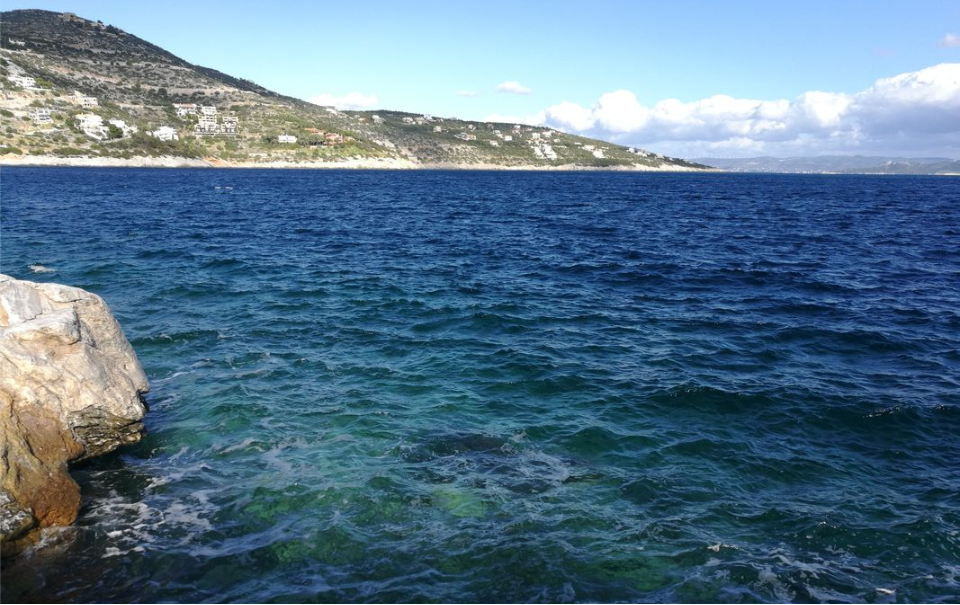BLUEfasma
BLUEfasma integrates and implements Circular Economy principles in the key blue growth sector of fishing/aquaculture; to benefit Mediterranean insular, island and coastal areas in a novel, innovative way. The project team tackles the transnational challenge of continual depletion of natural resources that causes serious environmental, economic and social impacts. Its overall objective is to empower the innovation capacity of SMEs, maritime clusters/networks, Public Authorities to boost blue Circular Economy growth in insular, island and coastal areas.


Type of tool
Theme
End-User
Geographical scale
Year
Keywords
Pilot Areas
Crete (Greece), South of France, Balearic Islands and Barcelona (Spain), Sicily and Sardinia (Italy), Larnaka and Limassol (Cyprus), Dubrovnik (Croatia), Lisbon (Portugal), Montenegro, Malta.
What problems would this tool solve?
The BLUEfasma Circularity Self-Assessment Tool is used as a unified Mediterranean measure of SMEs’ readiness and willingness to invest in Circular Economy; acting as a decision support tool; tackling the lack of data on the circularity level of Mediterranean SMEs in fishing and aquaculture and their willingness to invest in Blue Circular Economy. It was tested across 11 participating territories mapping the conditions of blue Circular Economy innovation in the Mediterranean.
What is needed for its implementation?
Technological infrastructure
PC or laptop, smartphone or tablet, internet connection.
Training
The user will be able to read the tool’s manual developed in the framework of the BLUEfasma project before using it; registration is needed; easy to use; user-friendly.
Investment
N/A
How to use it?
The user has to use this tool once. Then the tool calculates the circularity level and the willingness to invest in Circular Economy of the user. Based on this, the tool produces some personalized recommendations towards the blue Circular Economy. Afterwards, if the user follows the recommendations, then they should use the tool again in order to monitor their organization’s new level of circularity and read the new recommendations towards a more Circular Economy.
What are the expected results?
Quantitative/Qualitative
Enhance innovation capacities of SMEs and maritime clusters and networks in blue Circular Economy in fishing/aquaculture by:
- recording their level of circularity and
- providing recommendations in order to adopt circular practices and invest in them; thus increasing their level of circularity
Transfer potential
It is easy to be transferred/cloned to other sectors of the Blue Growth.
- The tool is supported by scientific literature
- The robustness of the methodology used is recognized
- The BLUEfasma Circularity Self-Assessment Tool has been already developed to be used
- There is no need to have a social acceptability to be implemented
- There is no need to have a specific legal or institutional framework/instrument to be implemented
- There is no need to have a specific capacity and/or organizational expertise to be implemented
- There is no need to have additional financial resources to be implemented
- A full study and analysis of the specifications and requirements is needed prior to the transfer to other sectors of the Blue Growth beyond fishing and aquaculture.
- The BLUEfasma Living Lab methodology will be used for transferring the use of the Circularity Self-Assessment Tool.
- 114 stakeholders filled in the CE self-assessment tool.
Project contact
- Thanassis Koukounaris, BLUEfasma Project Manager: akoukounaris@g.upatras.gr
- Konstantina Marousi, BLUEfasma Project Manager: k.marousi@g.upatras.gr
